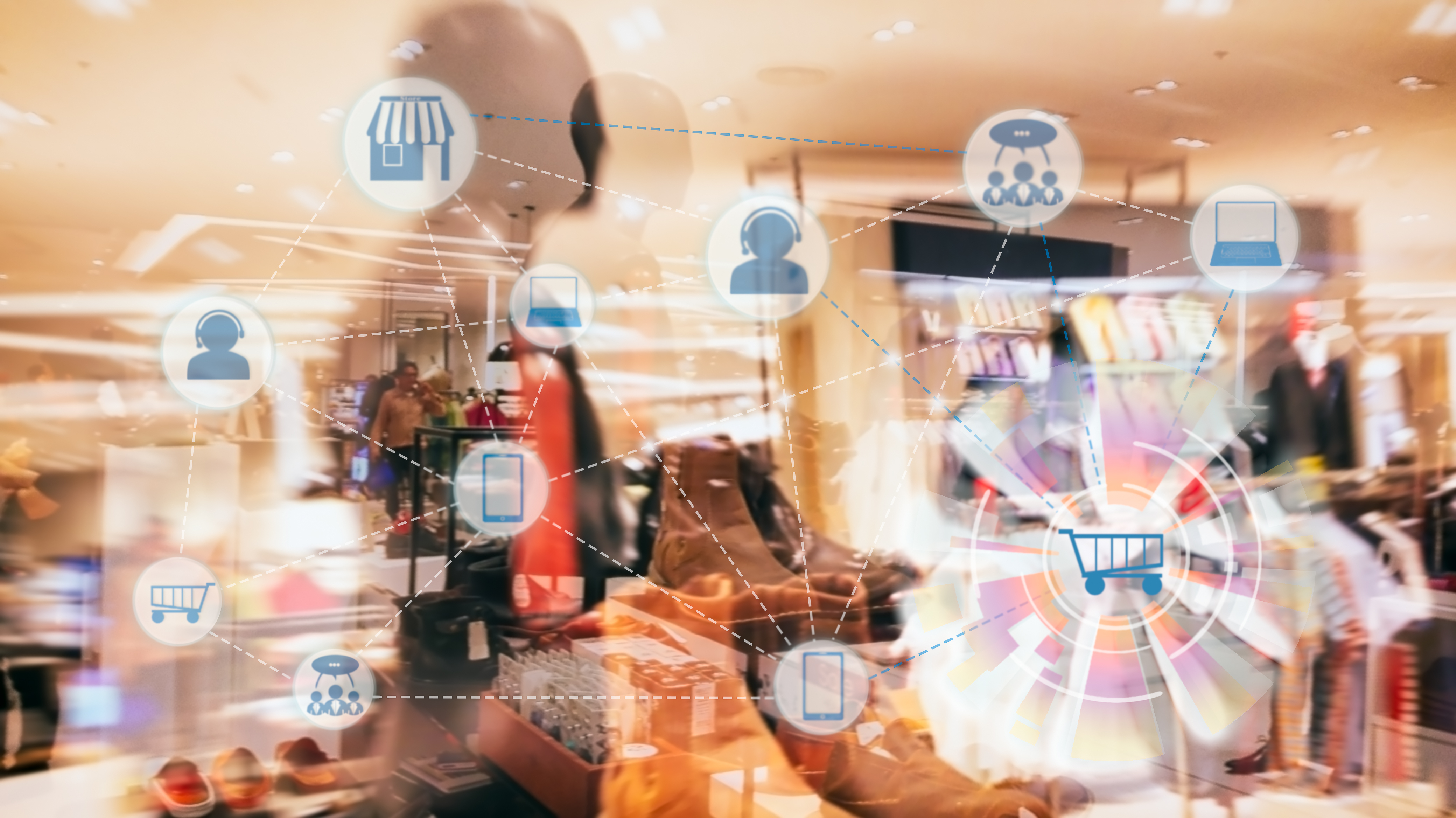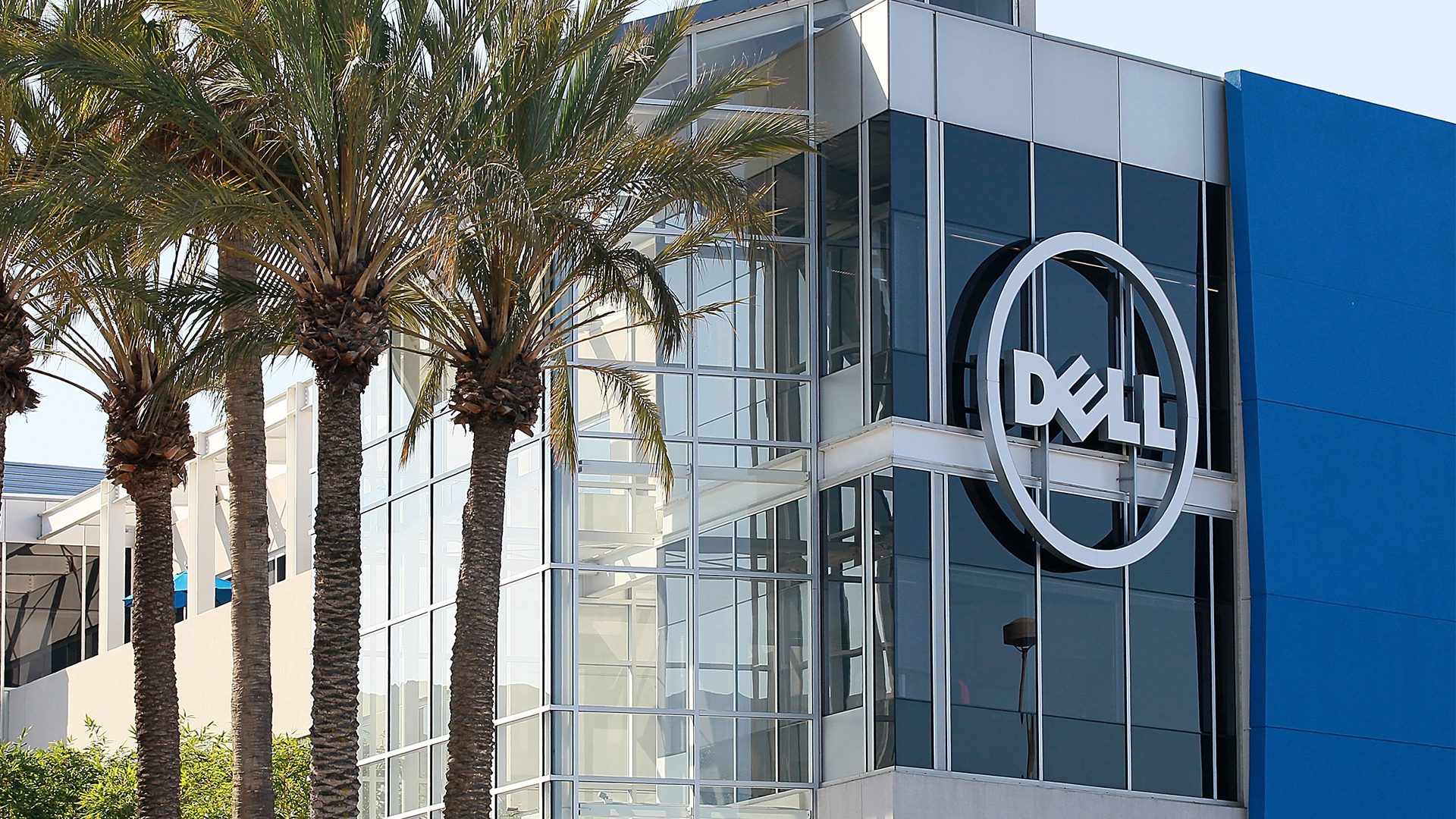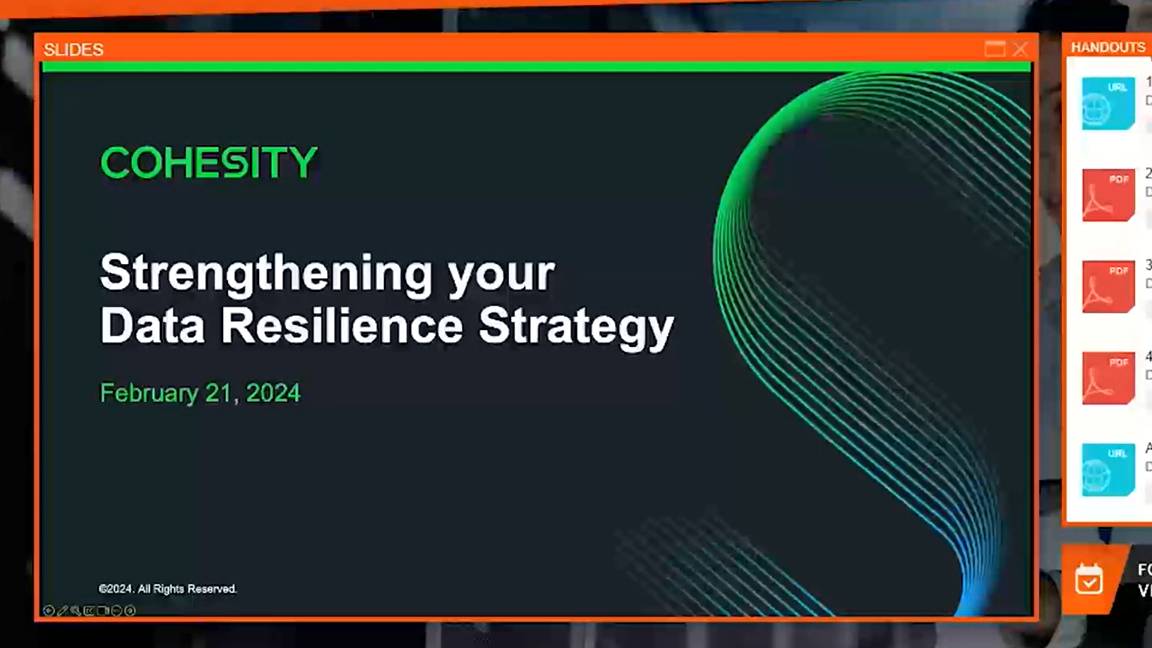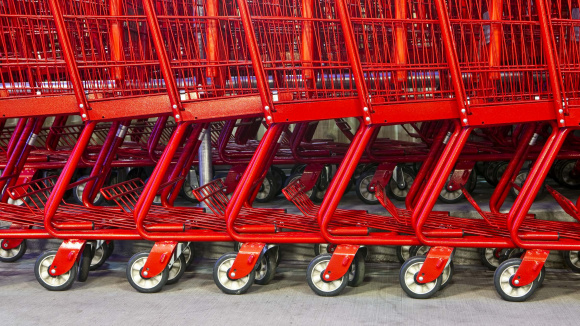Five tech challenges facing retailers today
Rising to the challenges of the new retail age


As with all businesses, retailers have had a tough time during the pandemic and although things look to be improving as restrictions are lifted, sellers may continue to experience challenges for a while to come.
Here we look at five technology challenges retailers are still facing.
1. Tackling e-commerce
For many stores and retail businesses during the pandemic, the reduced footfall on the high street and government-enforced closures meant that business owners had to think differently in order to survive. For most, the answer was to move the majority of their commerce online.
2020 proved to be one of the most successful years for digital retail, with sales reaching £2.96 trillion – a growth of 18.4% according to eMarketer’s 2020 report. Retailers believe this is set to continue, with consumers still preferring to shop online, and the projected growth is expected to reach £3.52 trillion by the end of 2021.
Looking ahead, many sellers have adopted new strategies and technologies to claim more of this growing market – most commonly by starting an e-commerce site or expanding an existing one. Yet some smaller retailers still don’t have an online presence, often because the initial outlay to set up an e-commerce operation can be prohibitively expensive. In these cases, social media could be utilised, as long as it’s done right, with regular posts and positive customer interactions.
Even if you have moved online (and you might be left behind if you don’t) not all retailer websites are up to scratch. With strategies to increase basket value, or attract new customers, a lack of interactive features could really limit retailers’ ability to keep up with the larger competition.
Then there’s also the growing trend of m-commerce, with the majority of online purchases now being made on a mobile device, according to a report by Broadband Search. Retailer sites today need to be mobile-optimised, and by offering their product and services in the spaces that their customers are operating, retailers will continue to improve brand affinity.
Sign up today and you will receive a free copy of our Future Focus 2025 report - the leading guidance on AI, cybersecurity and other IT challenges as per 700+ senior executives
2. Digitising customer expectations
90% of consumers today expect consistent shopping experiences with their favourite retailers, whether that's in store or via an e-commerce site. And when it comes to stores' e-commerce platforms, they cannot be used alone; consumers want to see that whatever they’ve added to their online baskets on their desktops also shows up when they log in to their accounts on their smartphones.
RELATED RESOURCE

Top obstacles and business strategies for digital sellers
This survey reveals both challenges and emerging opportunities in 2021
Seamless shopping expectations don’t just begin and end with physical stores and their e-commerce platform, however; the interest in offering an 'omnichannel' experience is high, with the majority of retailers realising this strategy is the best way forward.
Wherever customers interact with stores today – in person, online, over the phone, or via social media, retailers need to always be able to know who they are and what they want. Despite this, only a small minority of sellers offer aligned customer touch-points, which negatively affects their ability to maintain communication with their customers and could in turn lead to brand damage.
Retailers need to be able to offer a unified view, and this can be supported through digital transformation. By investing in the right technology and implementing CX platforms, retailers could improve their overall customer experience, streamline processes, and save costs.
3. Poor customer data
In order to achieve the great experiences expected by customers, collecting and storing consumer data is key to being able to understand buying behaviour and deliver personalised shopping based on insights. But even today, many retailers either have customer data from which they don't know how to extract insights, or the data is out of date.
In fact, a study by Deloitte found that 71% of consumer data was inaccurate, and by not having the right data or data segmentation to know your customers, retailers risk losing business to the competition.
An example of this might be customers who are bombarded with incorrect offer messages for an item they may have already purchased, and even returned, purely down to inefficient data management within the organisation.
To overcome this, retailers need to ensure data quality through a data cleaning solution, to ensure its accuracy before being analysed for customer insights.
4. Multiple security risks
With the increase in online shopping, 24% of consumers today are concerned about how their data is being used, despite this number being nearly half what it was in 2018. Even with the number of those concerned dropping, a key expectation from all consumers is for retailers to protect their data.
Retailers need to ensure that those accessing their e-commerce sites are legitimate (through the use of an email verification link, for example) to prevent malicious actors gaining access to confidential customer data, including card details, or sending phishing emails to customers posing as the retailer.
Even in physical stores, advancements in technology - the introduction of till-less shopping and the rising popularity of contactless payments - means retailers are not only facing the challenges of implementing these shopping methods, but they’re also expected to increase surveillance and protect public safety.
All of this, plus a lack of skilled IT staff to support these new in-store facilities, adds to complications, rising costs and shrinking margins.
5. Lingering supply chain issues
RELATED RESOURCE

Top obstacles and business strategies for digital sellers
This survey reveals both challenges and emerging opportunities in 2021
Lastly, even with restrictions lifted and a return to a new “normal”, COVID-19 is still having a lasting effect on supply chain management in 2021.
Fulfilment delays continue to affect retailers, as others struggle with product shortages, and for those sellers offering omnichannel experiences, the complexity of having multiple channels to market means that customer demands are not being met.
Overall, as long as retailers deliver what their customers expect, and utilise the new technology opportunities available, success will be achieved in the new normal and well into the future.
Sarah joined ITPro in 2021, moving into all things tech after previously copywriting in marketing roles for leading global brands, including McLaren, Virgin Atlantic and Tesco, writing for email, web, print, and social. Sarah now leads the multi-channel marketing activity for client whitepaper campaigns across IT Pro, Cloud Pro, and Channel Pro, delivering organic B2B lead generation for Dell, AWS, & IBM amongst others, reinforcing brand engagement and brand affinity. You can contact Sarah directly at sarah.thomson@futurenet.com.
-
 A quarter of firms still don’t have a formal data strategy – and it’s hampering AI adoption
A quarter of firms still don’t have a formal data strategy – and it’s hampering AI adoptionNews More than a quarter of firms have no formal data strategy, and it's hampering enterprise AI adoption efforts.
-
 AI projects are faltering as CDOs grapple with poor data quality
AI projects are faltering as CDOs grapple with poor data qualityNews Chief data officers say they can't maintain consistent data quality, and that it's affecting AI outcomes
-
 Predicts 2024: Sustainability reshapes IT sourcing and procurement
Predicts 2024: Sustainability reshapes IT sourcing and procurementwhitepaper Take the following actions to realize environmental sustainability
-
 Advance sustainability and energy efficiency in the era of GenAI
Advance sustainability and energy efficiency in the era of GenAIwhitepaper Take a future-ready approach with Dell Technologies and Intel
-
 Untethered: How CIOs and CISOs are paving the way for the new hybrid workforce
Untethered: How CIOs and CISOs are paving the way for the new hybrid workforceWhitepaper Effective techniques to transition from exposed legacy infrastructure to an effective zero trust strategy
-
 Strengthening your data resilience strategy
Strengthening your data resilience strategywebinar Safeguard your digital assets
-
 Creating successful supply chain planning transformations in the consumer industry
Creating successful supply chain planning transformations in the consumer industryWhitepaper Think differently about SCP transformations and, in doing so, move into a better future for supply chains
-
 Healthcare’s next chapter
Healthcare’s next chapterwhitepaper Revolutionizing how you care with EPR experts you can trust


